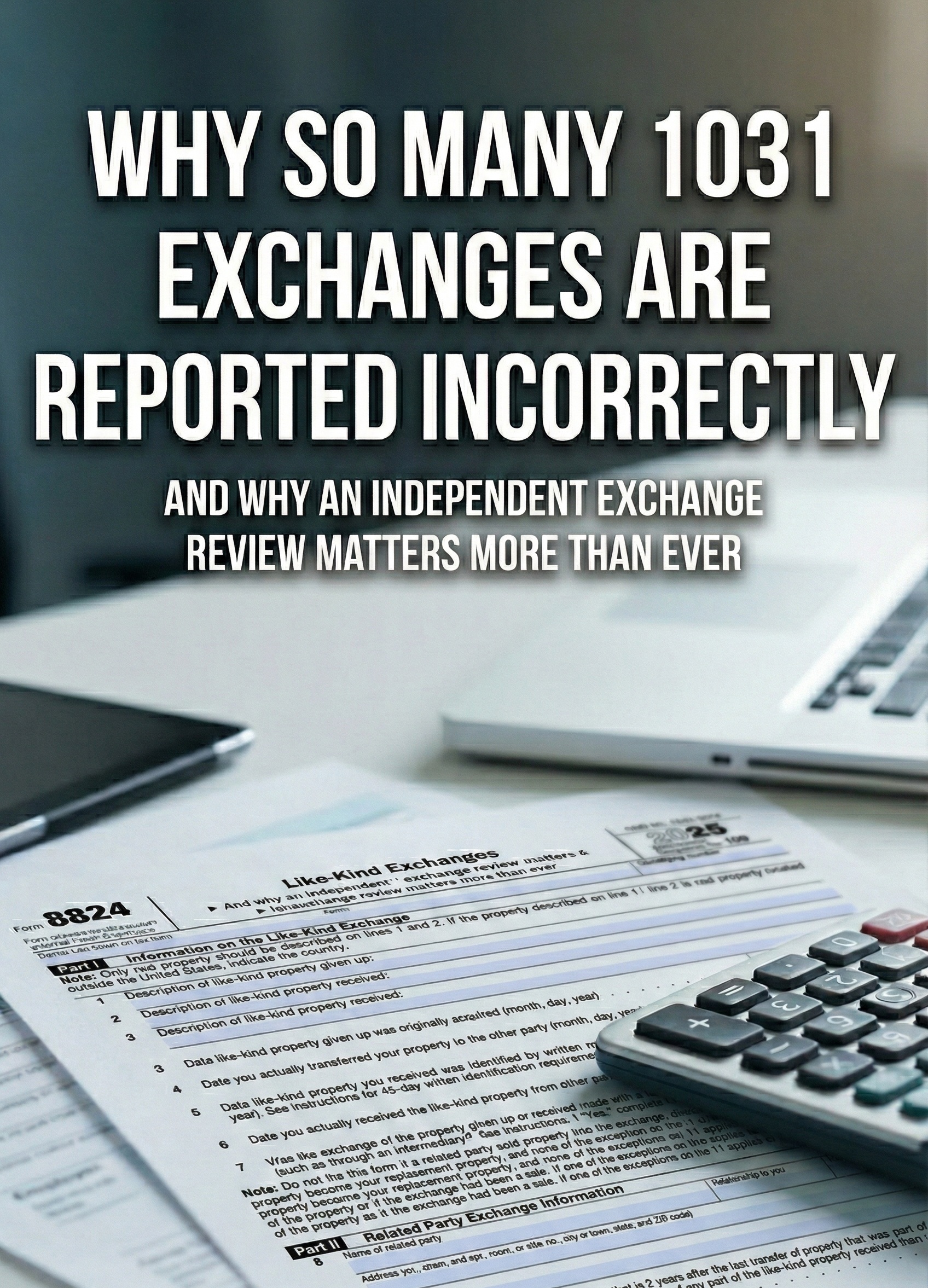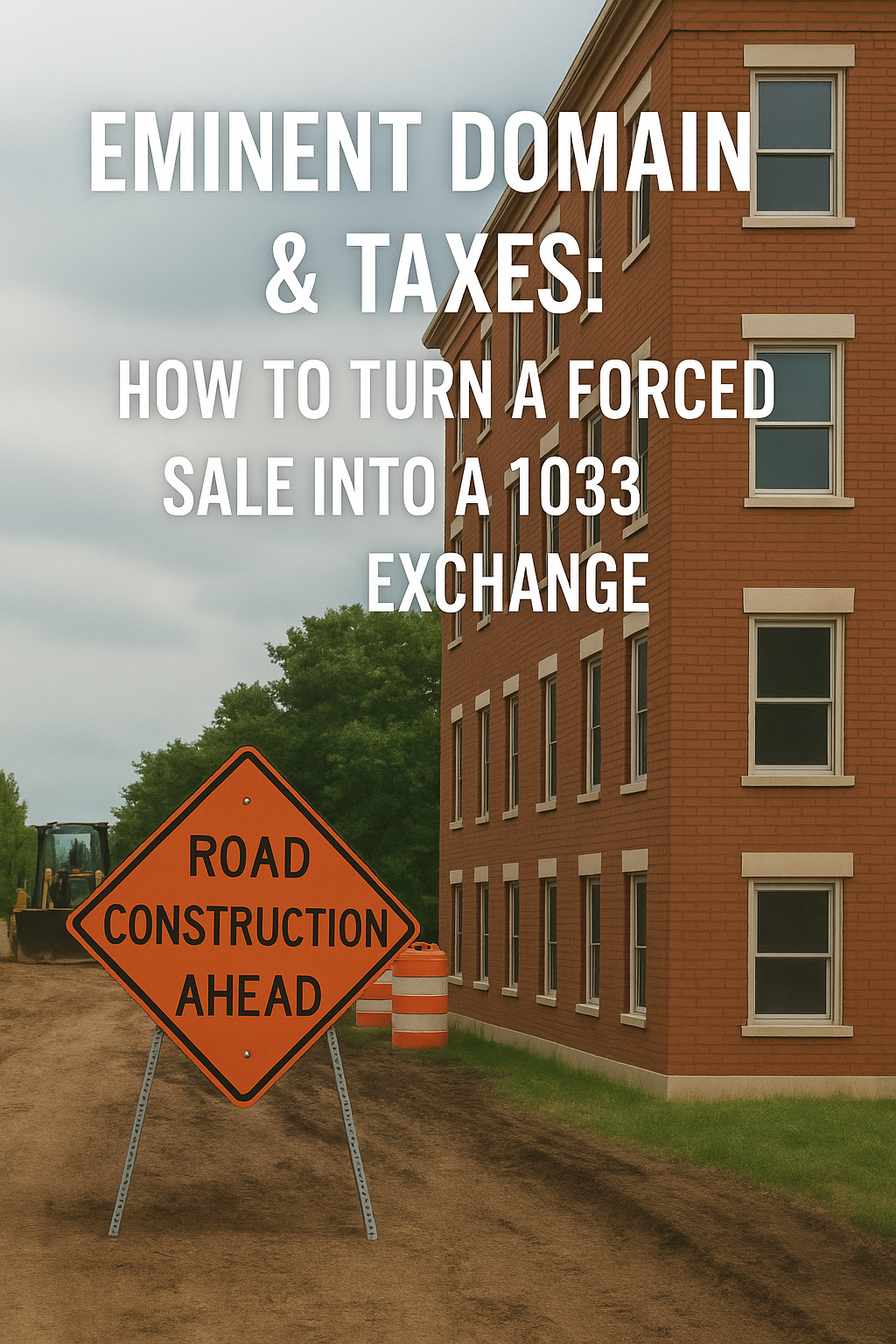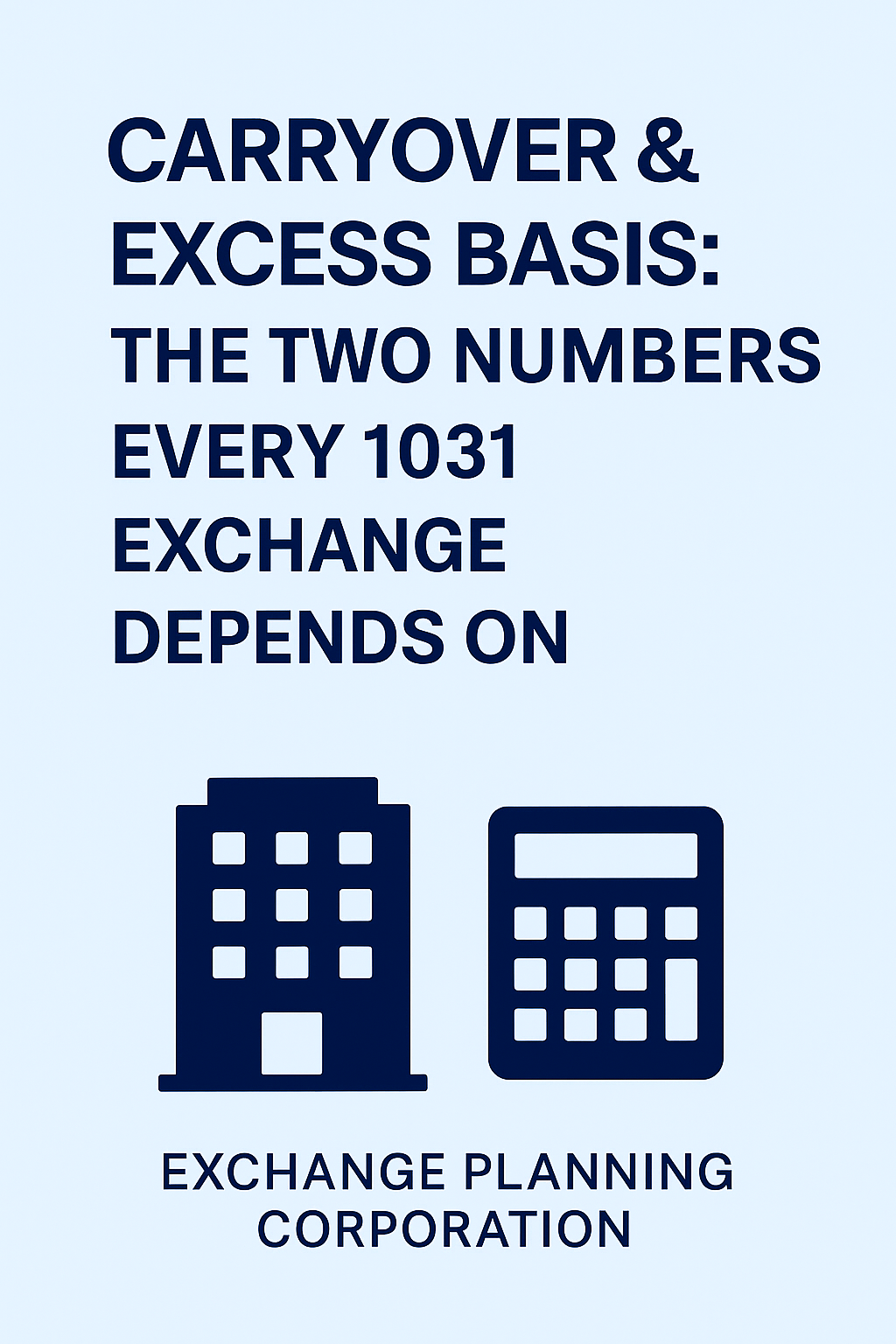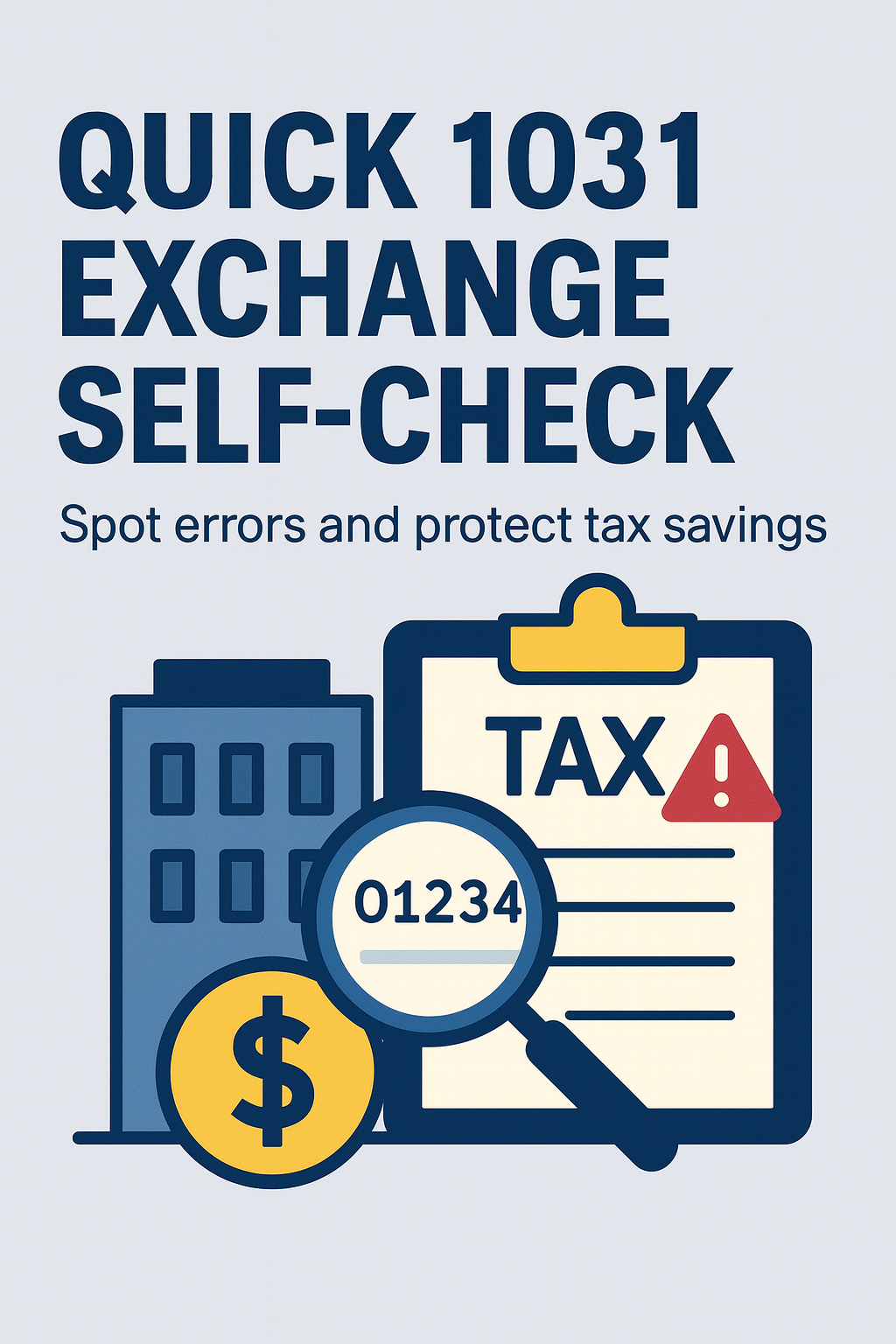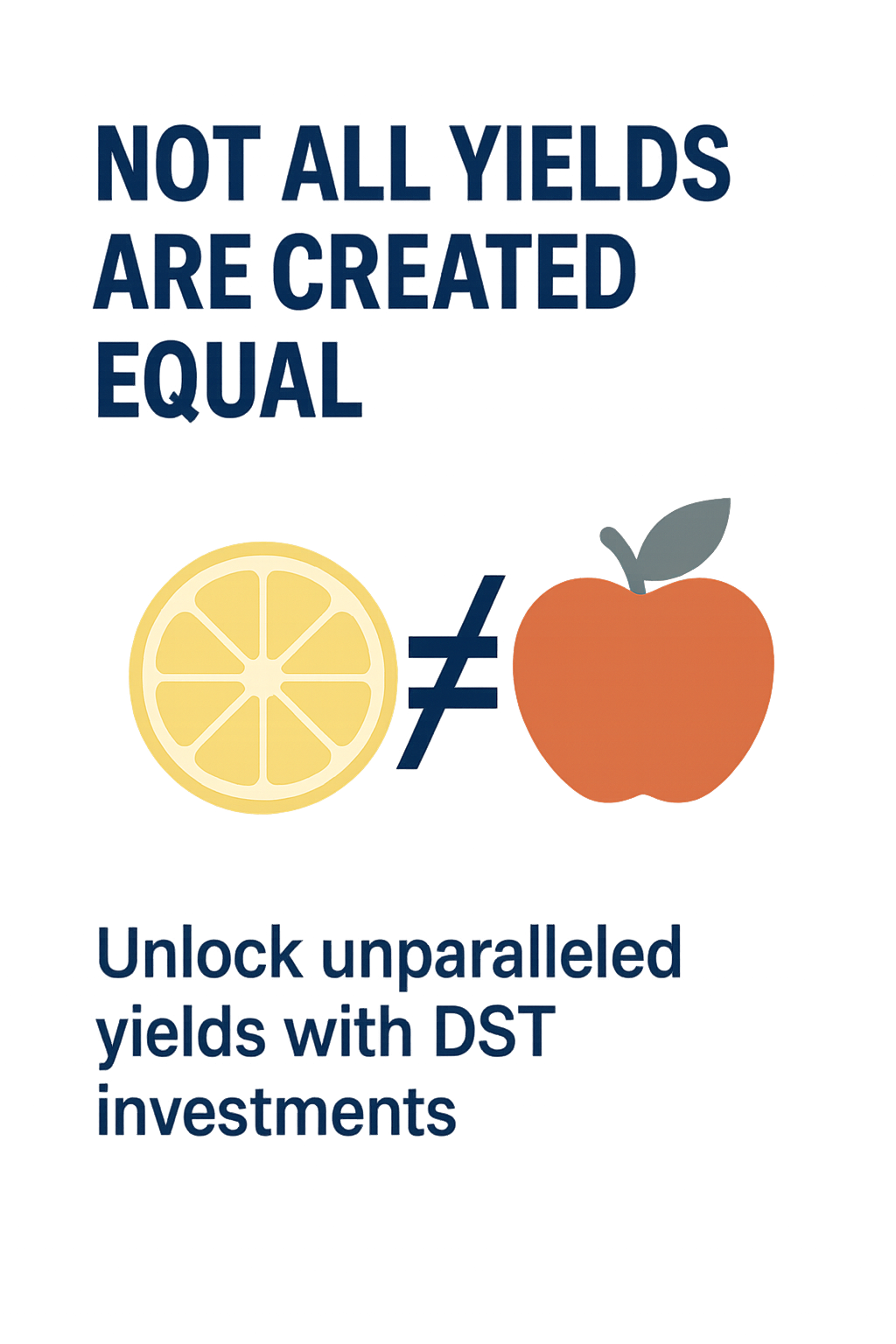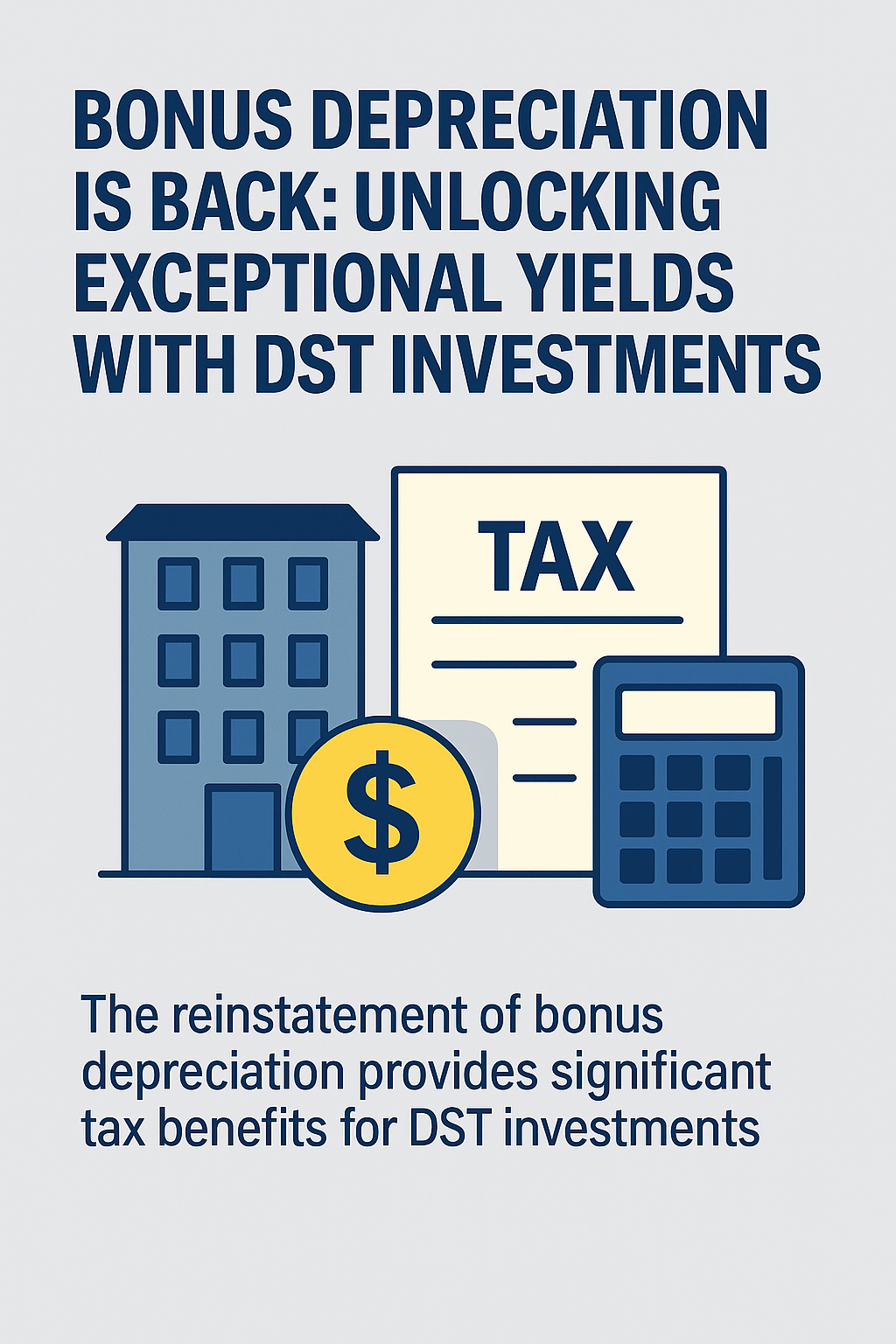Why This Is Important
After the Tax Cuts and Jobs Act of 2017, cost segregation has become more valuable than ever in helping real estate investors accomplish their goals in a tax-efficient manner. Using cost segregation can help you shelter boot from federal taxes in an exchange, reduce your overall tax bill, and increase after-tax yields.
Depreciation Basics
When you are buying a piece of real estate, the portion of the basis that represents the improvements is depreciated by 27.5 or 39 years, depending on the type of property. The portion of the basis that represents land is not depreciated. In an exchange, the carryover basis can’t be depreciated over a life shorter than that which was used on the original property.
An investor with $1m of trade-up basis in a DST would generally have about $800,000 of improvement value and $200,000 of land value. This is what happens in most exchanges. The investor ends up with approximately $30k of annual depreciation, assuming this is residential property.
Cost Segregation
Cost segregation is a process where the building components are divided between building (27.5- or 39-year property), personal property (5- or 7-year property), and land improvements (15-year property). Being able to depreciate some building components over shorter lives gives you much better after-tax yields.
Cost Segregation After TCJA and Changes to Bonus Depreciation
In 2003, Bonus Depreciation became the law of the land. It was enacted to stimulate the economy and allowed business owners to deduct 50% of the new equipment they purchased rather than depreciating it over lives of up to 20 years.
The Tax Cuts and Jobs Act of 2017 allows taxpayers to write off 100% of property that was or is placed in service after September 27th, 2017. It allows this deduction on used property.
Let’s take a look at what that would mean for an investor with $1m of trade-up basis. In the chart shown below, you can see that the investor would get about $318k of tax deductions in the year he did the exchange.
Typical Trade-up Basis Allocation Using Cost Segregation
Basis First Depreciation
Land $ 150,000 $ 0
Building $ 552,000 $ 20,000
15-Year Property $ 85,000 $ 85,000
5-Year Property $ 213,000 $ 213,000
Total First Year Depreciation $ 318,000
Conclusion
I am sure you will agree that having $300,000 of depreciation deductions in the first year is a lot better than having just $30,000 of depreciation deductions. However, having more deductions is only good if you understand how to use the deductions. In our case studies, we will show you how to do so.
One cautionary note: the IRS has specific rules about using cost segregation. It requires complex tax planning. Don’t try this at home! Give your referral partner listed above a call for a free consultation.



